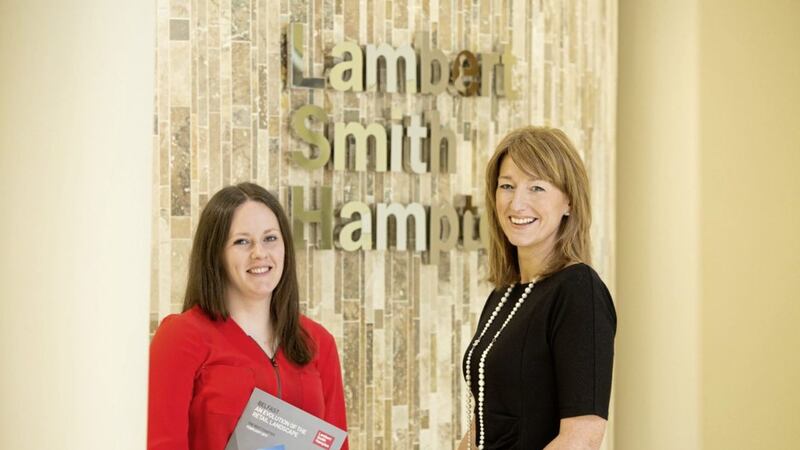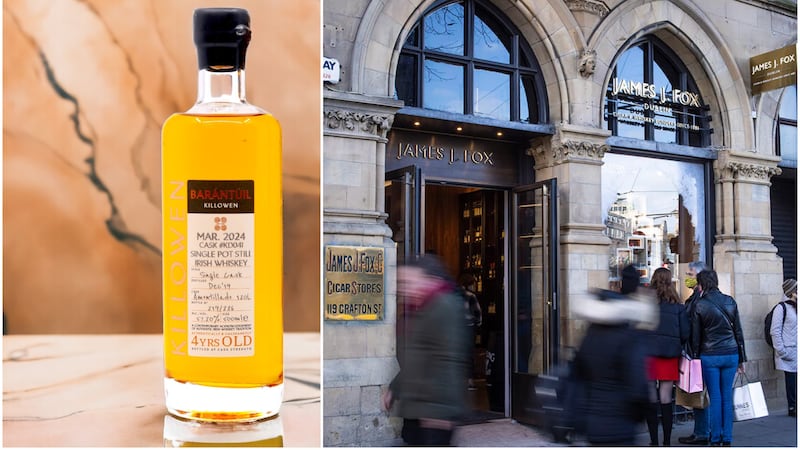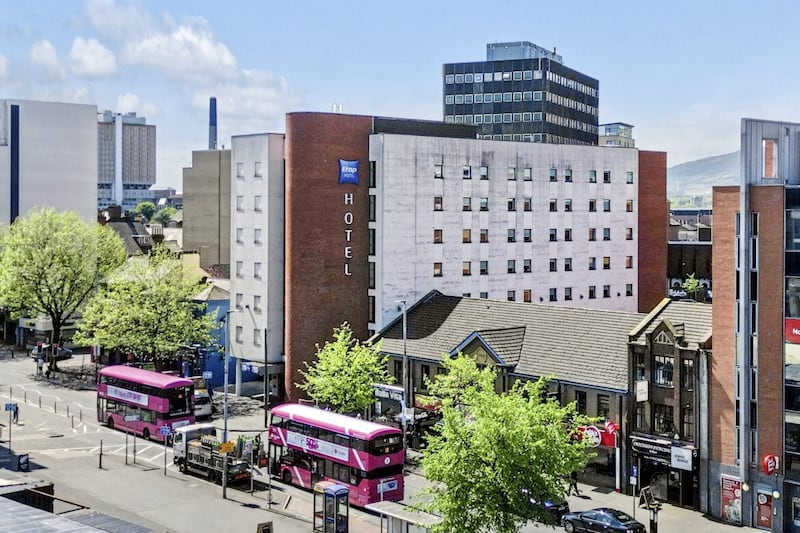MORE collaboration between government policy makers, investors and developers is needed before Belfast can become a top ten retail destination, according to a report.
Northern Ireland’s largest commercial property agency, Lambert Smith Hampton (LSH), has published Belfast: An Evolution of the Retail Landscape, a paper in which it outlines some of the future drivers that could accelerate Belfast’s retail development.
The report tracks the changing face of the retail sector in the region’s main city from the signing of the Good Friday Agreement in April 1998 to the present day.
The transformation story includes many of the major developments in the city centre in the past 20 years, including the construction of Victoria Square, the arrival of new global brands and the improved tourism offer with new attractions such as Titanic Belfast.
Major infrastructure projects are also detailed in the report, from the 2001 opening of the new terminal at George Best Belfast City Airport, to the 2010 completion of improvements to the A1 between Belfast and Dublin.
Breaking down the figures, the study highlights the major differences that need to be taken into account when looking at business in the city.
In 1998, the population of Belfast stood at just under 290,000 – in 2016 it reached nearly 340,000. This represents a 16 per cent increase.
Furthermore, visitor revenue in Northern Ireland has nearly doubled, from 217 million to 438m.
Through studying the past, the report hopes to inform a strategy to accelerate growth for the city in the future.
It puts forward dozens of drivers for change which LSH has identified as being able to push retail in the city forward.
Among those are current infrastructure projects such as the completion of the Belfast Rapid Transit system and the proposed Yorkgate Interchange.
Policy issues such as potentially relaxing Sunday trading hours and the reduction of corporation tax are also highlighted.
In a recent Javelin report of top UK shopping destinations, Belfast was ranked 15th out of a total of 20 retail hotspots.
Claire Cole, research analyst at LSH, said that the last two decades have shown that Belfast is a resilient city when it comes to economic hardships and the report sells the opportunities city offers, as well sending a message to the retail sector.
“It’s a message to the community within Belfast city centre, those who have the responsibility to bring investment and also the policy makers, that in order to continue to grow we all need to come together, there needs to be a collaborative focus,” she said.
Criona Collins, LSH director of retail, said that without further intervention at a local and government level “the evolution of Belfast’s retail landscape will continue at a gradual pace”, but that if the right steps are taken, it has the potential to reach the top 10.








